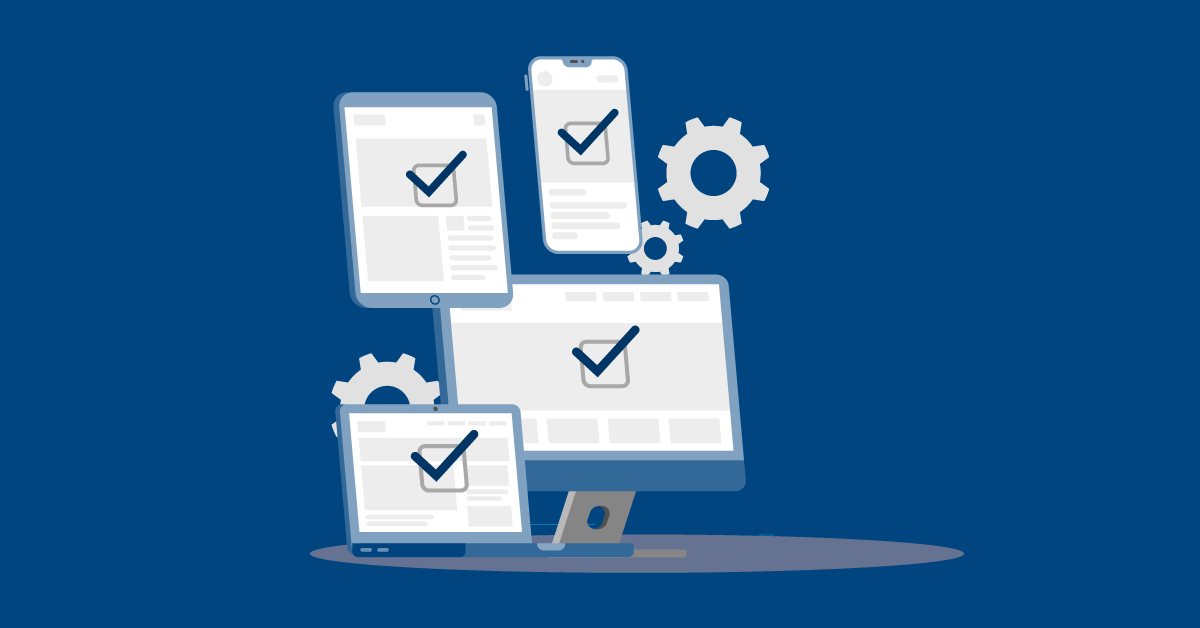In the ever-evolving landscape of software development, efficiency and productivity are paramount. As applications become increasingly complex and release cycles accelerate, the importance of rigorous testing cannot be overstated. However, traditional testing methods often struggle to keep pace with the demands of modern development practices. Parallel test automation is a revolutionary approach that promises to revolutionize testing processes and drive productivity to new heights.
Test automation revolutionizes software testing by automating repetitive tasks and executing tests with speed and precision. By automating test cases, teams can significantly reduce manual effort, accelerate testing cycles, and improve overall efficiency. Parallel test automation takes this a step further by running multiple tests simultaneously, leveraging the power of parallelization to further reduce test execution times. The benefits of parallel test automation include reduced overall test execution time, increased test coverage, improved resource utilization, enhanced efficiency for large test suites, and streamlined CI/CD pipelines. In this article, we'll delve into the core principle of parallel test automation and explore its key benefits, highlighting how it can drive productivity and quality in software development. We'll also look at five reasons why parallel test automation is the cornerstone of productivity in software development, spanning from reduced test execution time to enhanced CI/CD pipelines.

Value of Parallel Automated Testing
Parallel automated tests executing simultaneously means the time to run the entire test suite is reduced exponentially and not only that the velocity of the parallel tests increases too. Therefore, tests being completed quickly also means a faster feedback loop and continuous feedback due to CI/CD pipeline leading to no bottlenecks.
Furthermore, to feel more confident about test coverage, running tests in parallel is a great process reducing the need for risk-based testing leading to better use of a tester's time.
In terms of environment setup and how parallel tests can or should run, it is vital to understand what is available. If it is a cloud-run virtual machine this means you pay only what you use or if one uses an on-premise VM it may be exclusive to a tester or shared then the tests in parallel need to be set up accordingly and potentially run these tests when other testers are not using the VM’s.
Reduced Overall Test Execution Time
Time is the most valuable commodity in software development, and lengthy test execution times can significantly impede progress. Traditional sequential testing methods force teams to wait for one test to complete before moving on to the next, resulting in bloated testing cycles and delayed releases. Parallel test automation addresses this challenge head-on by allowing multiple tests to run concurrently across different environments and configurations. By harnessing the power of parallelization, teams can dramatically reduce overall test execution times. What once took hours or even days can now be completed in a fraction of the time, accelerating time-to-market and enabling faster feedback loops.
In practice, the impact of reduced test execution time cannot be overstated. With parallel test automation, development teams can iterate more rapidly, respond to feedback more quickly, and deliver high-quality software to customers at a faster pace. This increased velocity not only improves team morale but also enhances the competitiveness of the organization in the fast-paced digital marketplace. Also, something important here is parallel test execution means quicker bug detection and frequent deployments.
Increased Test Coverage
Comprehensive test coverage is the bedrock of effective quality assurance, but achieving it can be a daunting task. Traditional testing methods often prioritize a subset of scenarios due to time constraints, leaving critical aspects of the application untested. Parallel test automation offers a solution to this challenge by enabling teams to execute a greater number of tests simultaneously.
By running tests in parallel across various browsers, devices, and configurations, teams can achieve broader test coverage in less time. This expansive coverage reduces the risk of regression issues and ensures the application performs flawlessly across diverse environments. Moreover, increased test coverage leads to higher confidence in the reliability and stability of the software, ultimately enhancing customer satisfaction and loyalty.
Improved Resource Utilization
Efficient resource utilization is essential for maximizing the productivity of testing processes. However, traditional testing methods often result in underutilized resources, with valuable testing infrastructure sitting idle for extended periods. Parallel test automation addresses this inefficiency by distributing tests across multiple machines or virtual environments.
By leveraging available hardware and cloud resources to their fullest potential, teams can maximize throughput and minimize idle time. Whether testing on-premises or in the cloud, parallel test automation enables teams to scale their testing efforts dynamically to meet project demands, without the need for costly infrastructure investments. This optimized resource utilization not only reduces testing costs but also enhances the overall efficiency of the development process.
Enhanced Efficiency for Large Test Suites
Large test suites present a unique challenge for testing teams, often requiring hours or even days of execution time to complete. Traditional sequential testing methods struggle to cope with the sheer volume of tests, leading to lengthy testing cycles and bottlenecks in the development process. Parallel test automation offers a solution to this problem by breaking large test suites into smaller, more manageable chunks and executing them concurrently.
By parallelizing test execution, teams can distribute the workload across multiple machines or environments, significantly reducing overall testing time and improving efficiency. Large test suites no longer pose a barrier to productivity, allowing teams to deliver high-quality software at a faster pace. Moreover, the ability to efficiently manage large test suites enables teams to maintain a high level of software quality while scaling their testing efforts to meet the needs of growing projects. All in all think about improved development and team productivity.
Improved Continuous Integration/Continuous Delivery (CI/CD) Pipelines
Continuous integration and continuous delivery (CI/CD) pipelines are essential for delivering software quickly and reliably in today's DevOps-driven world. However, traditional testing methods can introduce bottlenecks into CI/CD pipelines, slowing down the release process and hindering agility. Parallel test automation seamlessly integrates into CI/CD pipelines, enabling tests to run in parallel alongside other automated tasks such as code builds and deployments.
By automating testing and parallelizing test execution, teams can streamline the CI/CD process, accelerate release cycles, and ensure that software is delivered to customers with the highest levels of quality and reliability. This improved CI/CD pipeline efficiency not only enables teams to deliver software more quickly but also enhances their ability to respond to changing market demands and customer needs.
Conclusion
In conclusion, parallel test automation represents a paradigm shift in software testing, offering significant benefits that drive productivity and efficiency in modern development environments. By reducing overall test execution times, increasing test coverage, optimizing resource utilization, improving efficiency for large test suites, and enhancing CI/CD pipelines, parallel test automation empowers teams to deliver high-quality software faster and more reliably than ever before.




%20(1).png?width=150&height=69&name=MuukTest-logo---light-background%20(3)%20(1).png)

.jpg?width=1200&length=1200&name=06_carrousel-2_01%20(1).jpg)



